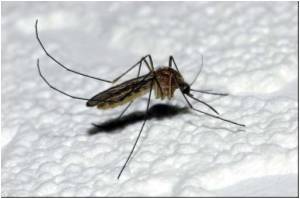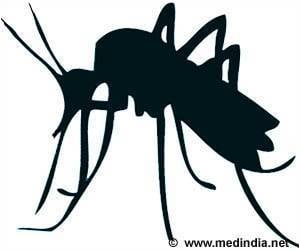Highlights
- Long-acting injectable version of a daily anti-malarial tablet (atovaquone) has now been developed.
- Once injected into the muscle, these nanaoparticles can establish a drug depot that releases drug into the bloodstream over an extended period of time.
- This version of the anti-malarial drug can provide complete protection against the malarial parasite.
The study, led by Pharmacologist Professor Andrew Owen and Materials Chemist Professor Steve Rannard, aimed to utilize nanotechnology to improve the delivery of an existing anti-malarial drug via a novel injectable format that can maintain blood concentration of the drug for weeks or months following a single dose.
Nanotechnology is the manipulation of matter on an atomic, molecular, and supramolecular scale. Nanomedicine is the application of nanotechnology to the diagnosis, prevention or treatment of disease in the human body.
Solid Drug Nanoparticles (SDNs) are a nanotechnology with favorable characteristics to enhance drug exposure and improve the treatment or prevention of several diseases, including HIV and malaria.
The Liverpool team have previously shown SDNs to be effective for oral delivery of drugs, but this is the first time they have shown benefits for a long-acting injectable (LAI) format. These particles have an approximate diameter that is 1/500th the width of a human hair, and once injected into the muscle, establish a drug depot that releases drug into the bloodstream over an extended period of time.
Professor Rannard said: "Although anti-malaria drugs exist they require individuals to take medication daily. Chronic oral dosing has significant complications that arise from the high pill burden experienced by many patients across populations with varying conditions leading to non-adherence to preventative therapies".
Professor Owen, added "The ability of this nanomedicine to protect from infection by malaria may provide an additional tool in the global arsenal used to combat malaria in non-immune travelers and ultimately people who live in endemic areas of the world. Since atovaquone is already licensed for use in humans and the nanomedicine contains ingredients already used in other medicines, it could enter clinical trials within a very short timescale"
"If other drugs can be manufactured in this way, in the longer term there is also an potential for a long-acting combination therapy for malaria."
Reference
- Rahul P. Bakshi, Lee M. Tatham, Alison C. Savage, Abhai K. Tripathi, Godfree Mlambo, Matthew M. Ippolito, Elizabeth Nenortas, Steve P. Rannard, Andrew Owen, Theresa A. Shapiro.Long-acting injectable atovaquone nanomedicines for malaria prophylaxis, Nature CommunicationsDOI:10.1038/s41467-017-02603-z
Source-Eurekalert














